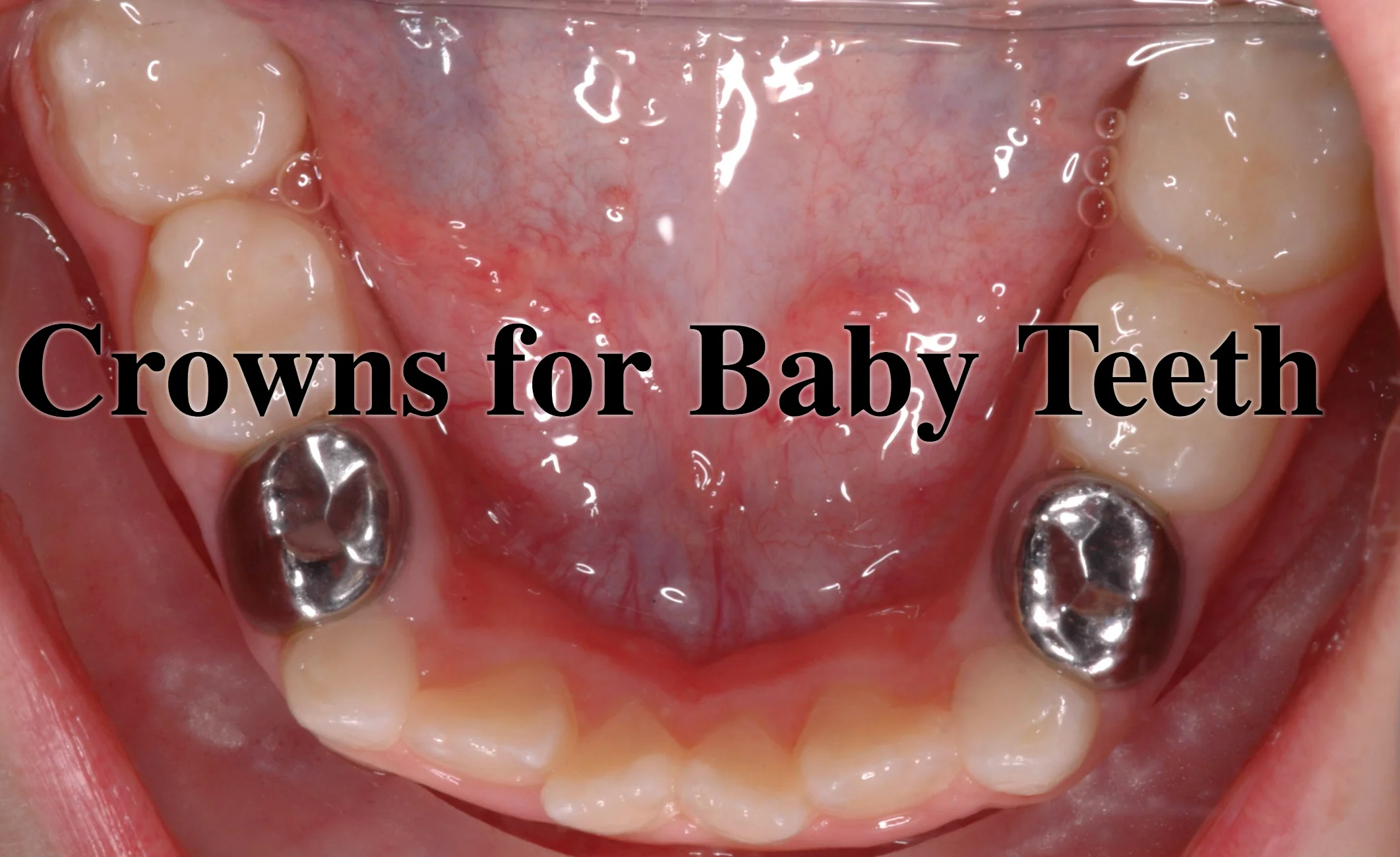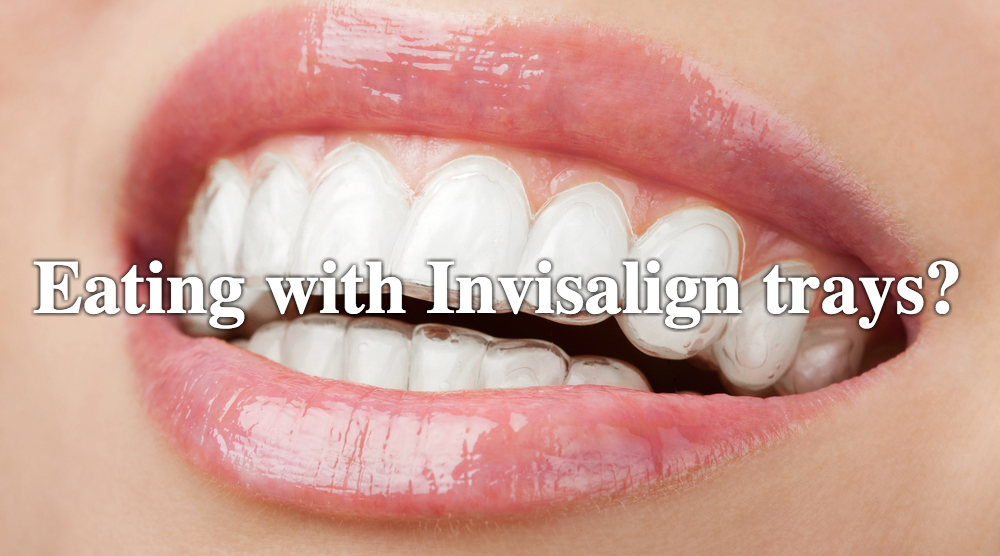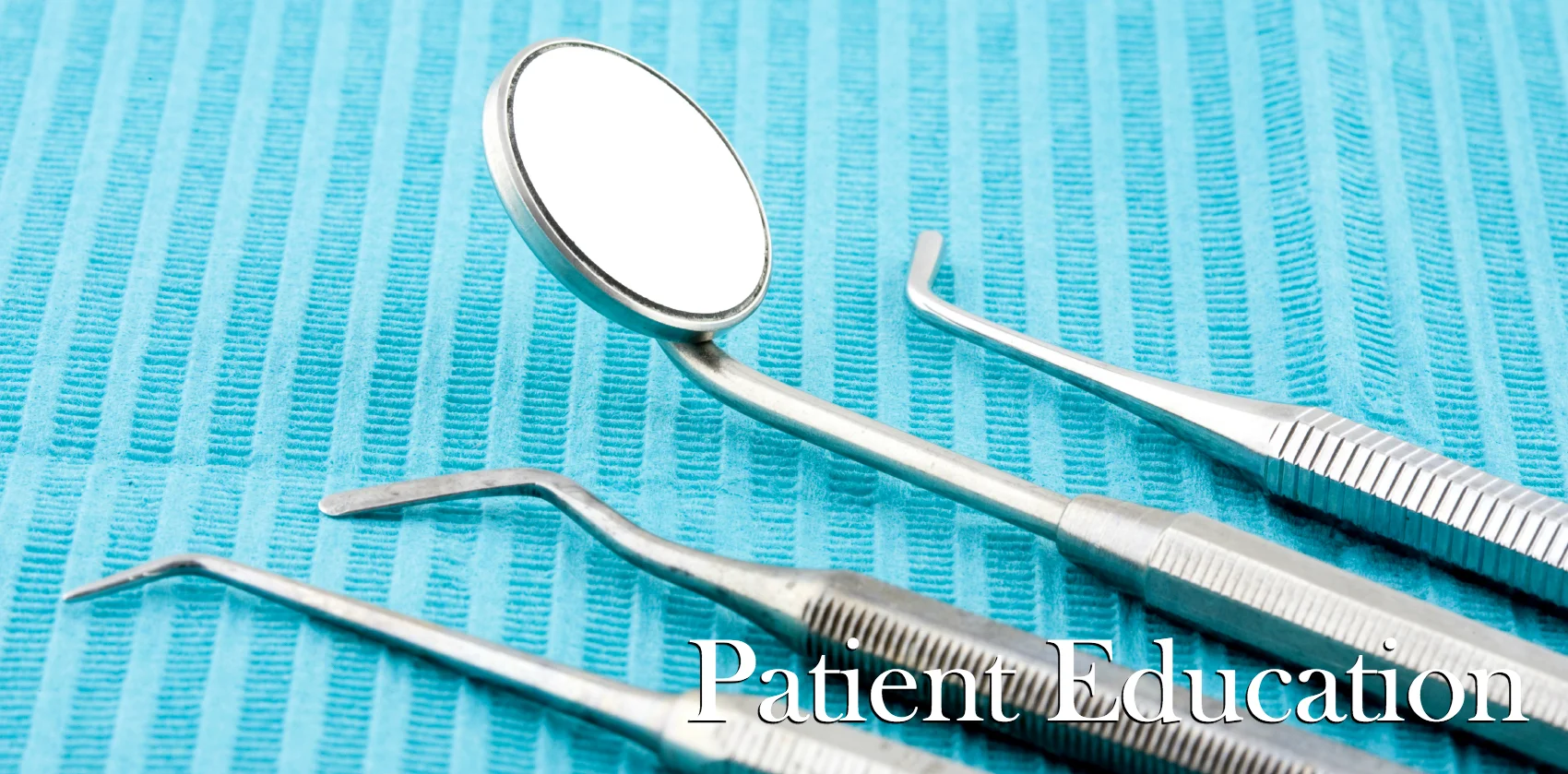February is the official National Children's Dental Health Month, as recognized by the ADA. Thousand Oaks Family Dentistry will be rolling out weekly topics relating to pediatric dentistry all month long. Make sure to check back regularly to catch all the great information.
In some ways, baby teeth aren't that different from their permanent counterparts. When a cavity gets big enough and weakens the overall tooth structure, a crown is often the recommended treatment. However, there are some fundamental differences between the crowns placed on the primary and adult teeth. Read on to catch the full story!
For starters, baby tooth crowns are not made by a dental lab. They usually come from a set of prefabricated stainless steel or polycarbonate crowns that can be adjusted and cut to fit the prepared tooth. For young children, a precise fit between tooth and crown isn't as important as getting something to cover/protect the tooth and minimizing time in the dental chair. In areas where cosmetics may be a concern, "strip" crowns can be used. Here, a clear shell is placed over the tooth and filled with tooth colored filling material. After the material is set, the shell is "stripped" away, leaving behind a natural appearing restoration.
Many times, a crown on a baby tooth is provided in conjunction with a procedure called a pulpotomy. This is done when a cavity reaches the nerve of a tooth and causes irreversible inflammation. The dentist will remove the inflamed nerve tissue and place a medicated filling before cementing the crown. Many times it is difficult to judge wether a tooth will need a filling, crown and/or pulpotomy before beginning treatment. Don't be surprised if the plan has to change on the fly.
We typically refer our young patients to pediatric dentists to have crowns placed. The training and expertise of these specialists make the appointments easier and less traumatic for little ones. If you would like to know more about baby tooth crowns, fillings for kids, or any other oral health topics, please give our office a call!






















